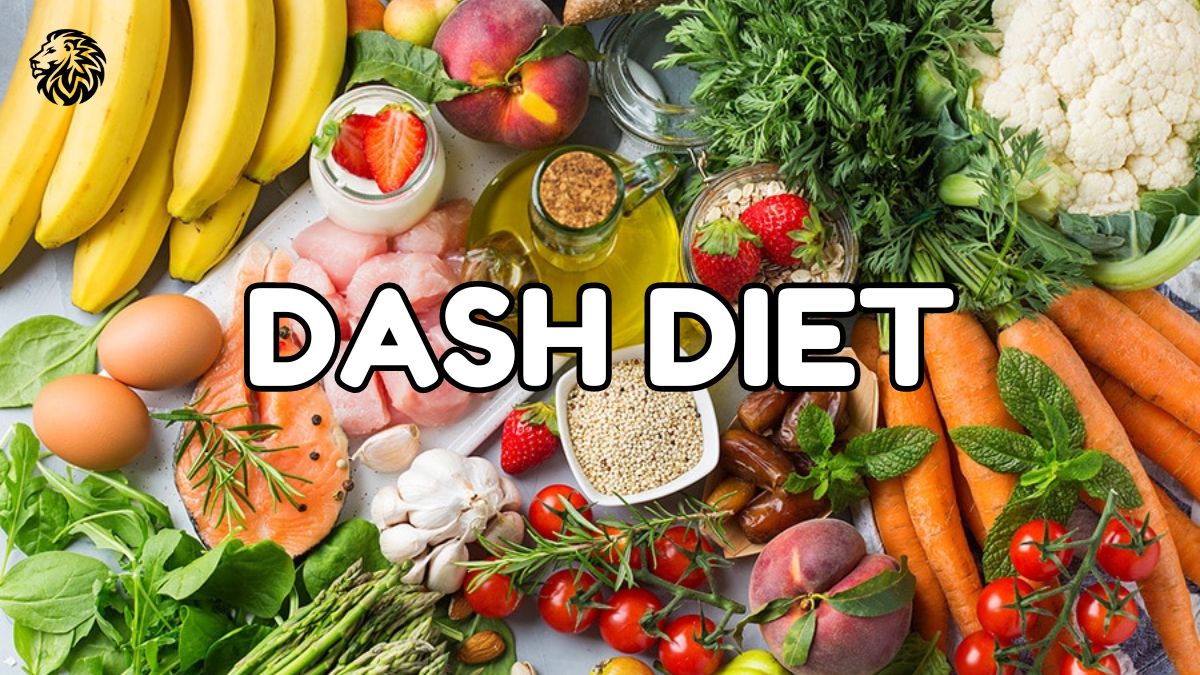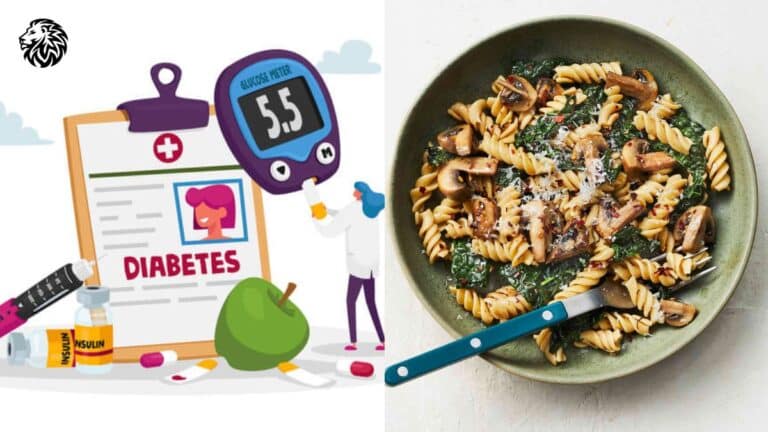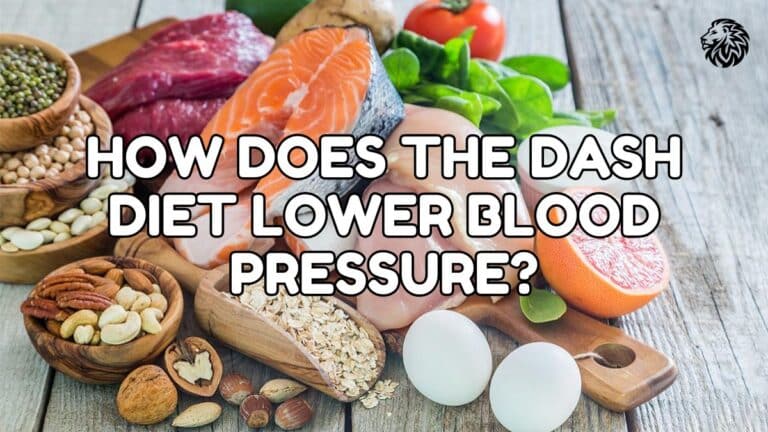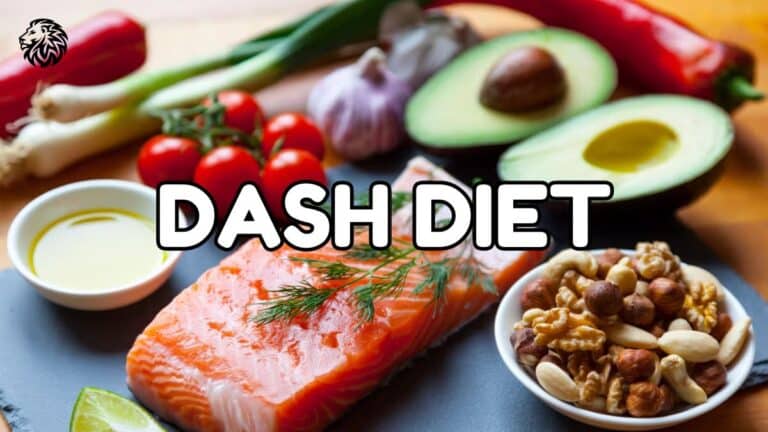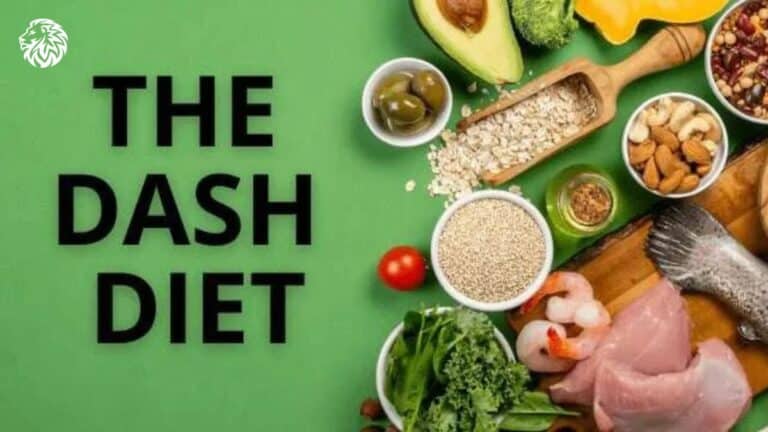The DASH diet, or Dietary Approaches to Stop Hypertension, is widely recognized for its effectiveness in lowering blood pressure and improving overall health. Many people adopt this eating plan to manage hypertension or to improve heart health. One common question that arises is: How quickly does the DASH diet work?
The answer depends on several factors, such as how strictly you follow the plan, your current health status, and whether you’re making other lifestyle changes along with the diet. However, evidence shows that noticeable changes can occur in as little as two weeks, especially in terms of blood pressure reduction.
In this blog post, we’ll break down how soon you can expect results from the DASH diet, what improvements you might notice, and factors that influence the speed of these changes.
Blood Pressure Improvement in as Little as Two Weeks
One of the key goals of the DASH diet is to help lower blood pressure, which is why it’s often recommended for people with hypertension. Research consistently shows that following the DASH diet can begin to reduce blood pressure in about two weeks. This rapid effect is one of the reasons why the DASH diet is so popular for managing high blood pressure.
Studies conducted by the National Heart, Lung, and Blood Institute (NHLBI) found that participants who followed the DASH diet experienced a significant reduction in blood pressure within 14 days. This includes people who had both normal and high blood pressure at the start. Specifically, the diet is effective in lowering systolic blood pressure (the top number in a blood pressure reading) by several points within a short period.
The speed of blood pressure reduction is largely due to the diet’s emphasis on consuming heart-healthy foods like fruits, vegetables, whole grains, lean proteins, and low-fat dairy. These foods are rich in nutrients like potassium, calcium, and magnesium, which play an important role in regulating blood pressure.
Cholesterol Levels: Changes Over Several Weeks
While the DASH diet is well-known for lowering blood pressure, it can also positively affect cholesterol levels. This change may not happen as quickly as the drop in blood pressure, but many people begin to see improvements in their cholesterol profile after a few weeks or a few months on the diet.
The DASH diet is naturally low in saturated fats and cholesterol while being rich in fiber, which is known to help improve lipid levels. Specifically, reducing saturated fat intake and increasing fiber can help lower LDL (bad) cholesterol, which is a major risk factor for heart disease.
It’s important to note that cholesterol levels can take longer to respond to dietary changes than blood pressure, but sticking to the diet consistently will help you achieve better numbers in the long run. Many people see improvements in their cholesterol levels within a month or two, especially if they combine the DASH diet with other heart-healthy habits like regular exercise.
Weight Loss: Gradual But Sustainable
Although the DASH diet is not specifically designed as a weight loss plan, many people find that they lose weight naturally by following its principles. This is because the diet emphasizes nutrient-dense foods that are lower in calories, helping you create a calorie deficit without feeling deprived.
If weight loss is one of your goals, you may start to notice some results within a few weeks of beginning the DASH diet, especially if you’re also cutting back on high-calorie processed foods, sugary drinks, and excess fats. Most people experience a gradual but steady weight loss over the course of several months, depending on their starting weight and how strictly they adhere to the diet.
A healthy weight loss rate is generally considered to be about 1-2 pounds per week. This rate is sustainable and ensures that you’re losing fat rather than muscle. Since the DASH diet focuses on whole, unprocessed foods, it naturally supports weight loss by making it easier to control your calorie intake while still providing all the nutrients your body needs.
Improvements in Energy Levels and Overall Health
Another benefit of the DASH diet that many people notice relatively quickly is an improvement in their energy levels and general well-being. Eating a diet rich in fruits, vegetables, whole grains, and lean proteins provides your body with the essential nutrients it needs to function properly.
Many people who adopt the DASH diet report feeling more energetic within just a few weeks. This is because the diet stabilizes blood sugar levels, improves digestion, and ensures you’re getting a wide range of vitamins and minerals. Foods like leafy greens, berries, nuts, and lean meats are packed with nutrients that can help reduce fatigue, enhance brain function, and improve mood.
These improvements in energy and overall health can be motivating and make it easier to stick with the diet in the long term.
Factors That Affect How Quickly You See Results
While many people see benefits from the DASH diet within a short period, several factors can influence how quickly you experience results. Here are a few key factors to consider:
- How Strictly You Follow the Diet
The more closely you stick to the guidelines of the DASH diet, the quicker you’re likely to see results. This means focusing on eating a variety of whole, nutrient-rich foods and minimizing your intake of processed, high-sodium, and high-fat foods. - Sodium Intake
Reducing sodium intake is a core principle of the DASH diet, particularly for those with high blood pressure. If you reduce your sodium intake significantly—aiming for 1,500 mg per day as recommended for people with hypertension—you may notice an even more dramatic and rapid reduction in blood pressure. - Lifestyle Factors
Other lifestyle factors, such as exercise, stress levels, and sleep, can also impact how quickly you see results. Regular physical activity, for example, can enhance the benefits of the DASH diet by promoting weight loss and improving cardiovascular health. Managing stress and getting enough sleep can also support your overall well-being and contribute to faster results. - Current Health Status
Your starting health status plays a role in how quickly the DASH diet works for you. People with very high blood pressure or unhealthy cholesterol levels may notice more significant changes early on, while those with better baseline health might experience more gradual improvements. - Medication Use
If you’re currently taking medications for blood pressure, cholesterol, or other health conditions, the DASH diet can work alongside your prescribed treatment to enhance the benefits. However, it’s always a good idea to talk to your healthcare provider about any dietary changes, especially if you’re on medication.
Long-Term Benefits of the DASH Diet
While the DASH diet can produce some results within just a couple of weeks, the long-term benefits are even more compelling. By sticking to this diet over time, you’re likely to see sustained improvements in your blood pressure, cholesterol levels, weight, and overall health.
In addition to its cardiovascular benefits, the DASH diet can help reduce the risk of developing other chronic conditions, such as type 2 diabetes and certain cancers. The nutrient-rich, balanced nature of the diet also supports overall longevity and helps maintain a healthy body weight.
Conclusion
The DASH diet can deliver noticeable results in a relatively short period, especially when it comes to lowering blood pressure. Within just two weeks, many people experience a significant drop in their blood pressure numbers. Other benefits, such as weight loss and improved cholesterol levels, may take longer but are still achievable with consistent effort.
By combining the DASH diet with other healthy lifestyle changes, such as regular physical activity and stress management, you can enjoy faster and more sustainable improvements. Whether you’re looking to manage hypertension or simply improve your overall health, the DASH diet offers a well-balanced and effective approach that delivers results.
